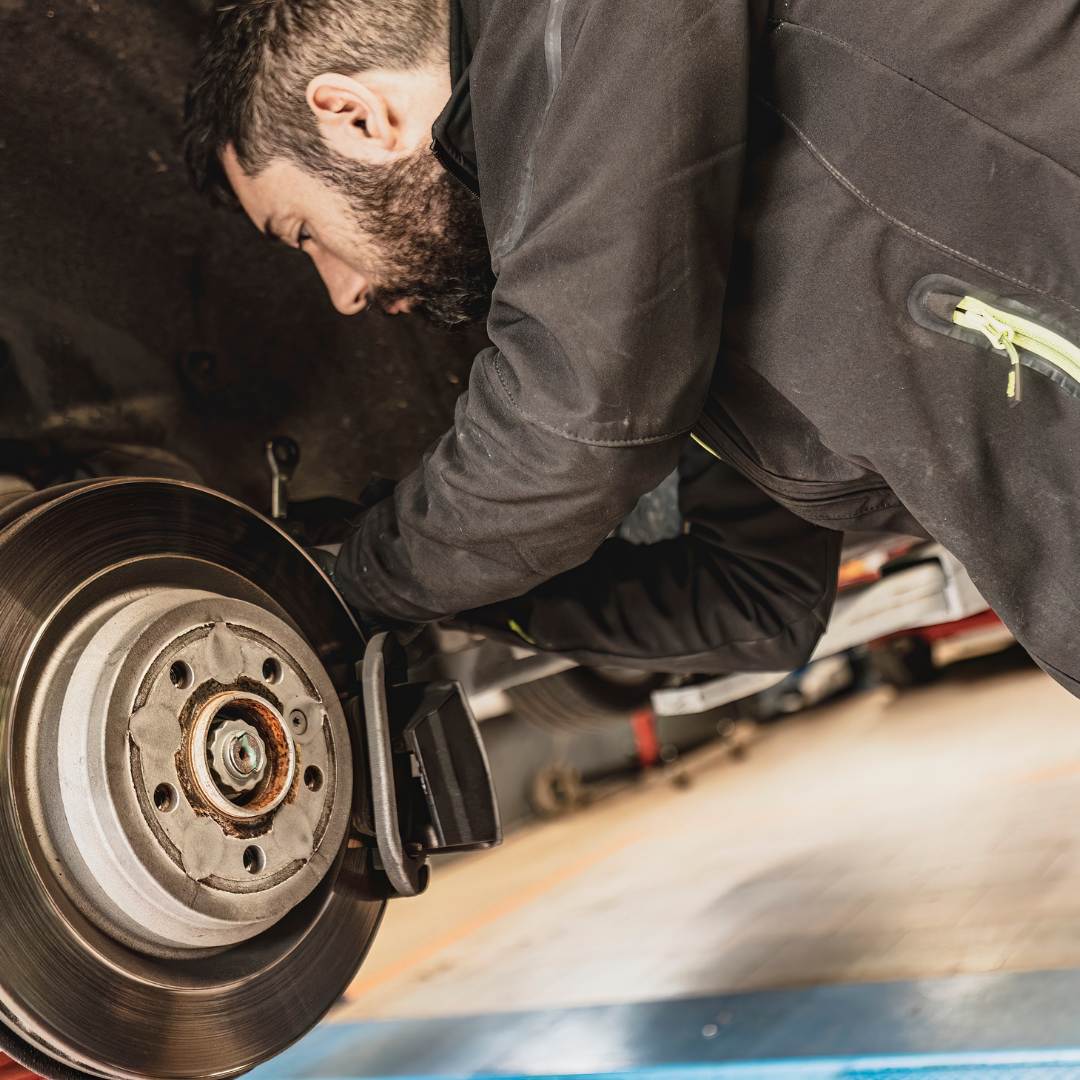3. Brake Pad Material
The material of the brake pads is another crucial factor. Not all pads are made from the same compound, and their durability varies depending on the type of material used and its intended purpose. .
4. Road Conditions
Road conditions also affect the longevity of brake pads. Driving on mountain roads, with many curves and long descents, increases the frequency and intensity of braking, accelerating pad wear. Similarly, heavy traffic conditions, where you constantly brake and start, contribute to faster wear. In contrast, driving on flat and clear roads, with minimal use of brakes, extends the life of the pads.
5. Climate and Temperature
Climate and temperature play a key role in the performance and wear of brake pads. Extremely high temperatures, such as those experienced during prolonged braking on mountain descents or in heavy traffic, can cause the pads to overheat, leading to faster wear. High-performance brake pads from SDT Brakes are designed to withstand extreme temperatures without compromising braking effectiveness, helping to prolong their lifespan even in demanding conditions.
How to Extend the Life of Your Brake Pads
While pad wear is inevitable, there are ways to maximize their lifespan:
1. Drive smoothly and anticipate stops: Try to brake gently and in advance, rather than making abrupt stops. This not only extends the life of your pads but also improves overall driving safety.
2. Perform regular maintenance: Periodically check your brake pads and replace them when necessary. Proper maintenance ensures your braking system remains in top condition and prevents major issues.
3. Use quality components: Opting for high-performance brake pads like those from SDT Brakes can make a significant difference in the longevity and efficiency of your braking system.
4. Avoid constant braking on long descents: Instead of keeping your foot on the brake during long descents, use engine braking by shifting to a lower gear. This reduces stress on the pads and prevents overheating.
Conclusion
The lifespan of brake pads varies based on multiple factors, including driving style, vehicle type, road conditions, and pad material. Driving defensively, performing regular maintenance, and using high-quality components, such as those provided by SDT Brakes, can help you extend the life of your pads and ensure safe and effective braking in any situation.

